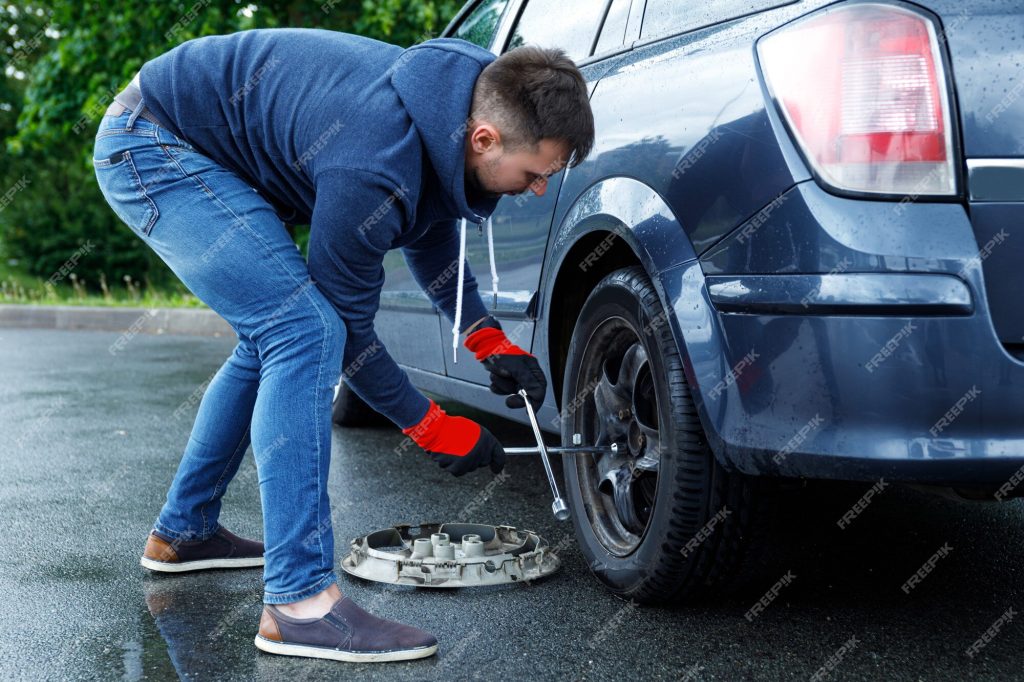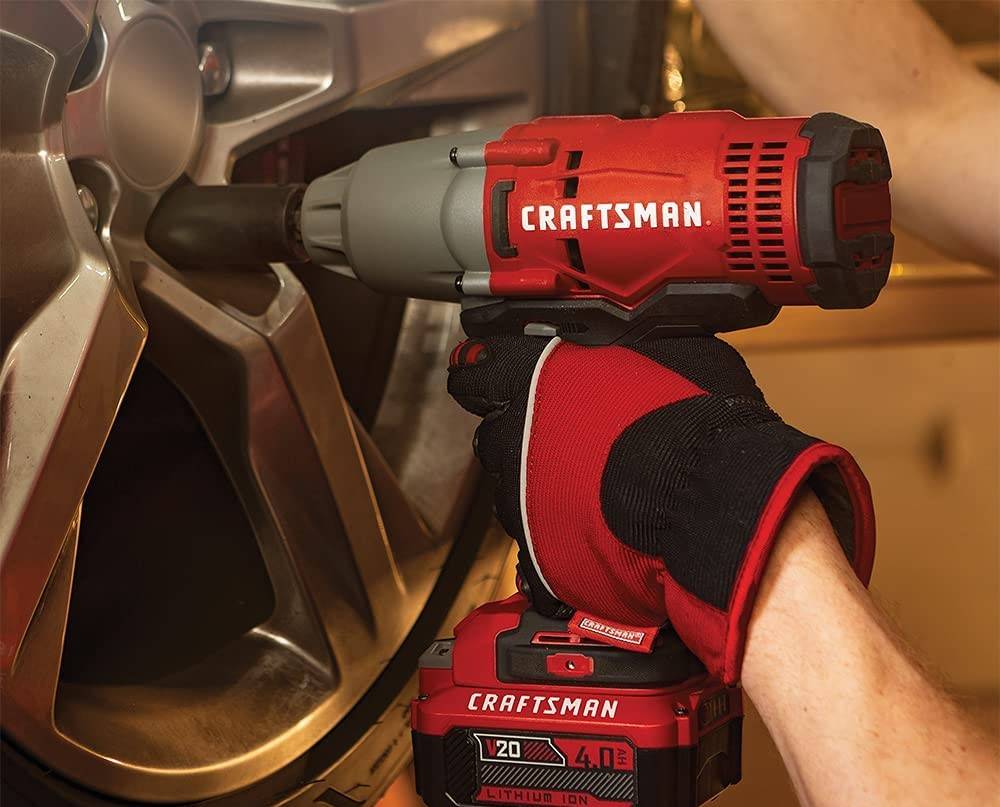Wrenches, though seemingly simple tools, can pose significant risks if not used correctly. As technology advances and DIY projects become increasingly popular, new types of wrench-related accidents are emerging. This article delves into the common pitfalls, prevention strategies, and quick remedies for wrench accidents.
Common Wrench Accidents
Stripped Bolts and Nuts: This occurs due to using the wrong size wrench or excessive force. To prevent this, always ensure you’re using the correct size wrench and apply steady, gradual pressure. Avoid jerking or twisting the wrench, as this can lead to damage.
Slipping and Falling: Standing on unstable surfaces or reaching too far can result in slips and falls. To mitigate this risk, work on a stable surface, use a sturdy stepladder if necessary, and avoid overextending your reach.
Hand and Finger Injuries: Improper grip, pinched fingers, or flying debris can cause hand and finger injuries. Wear gloves for protection, maintain a firm grip on the wrench, and wear safety glasses to shield your eyes from potential debris.
Back Injuries: Incorrect posture, twisting, or lifting heavy loads can lead to back injuries. To prevent this, lift with your legs, not your back. Avoid twisting your body while lifting and take frequent breaks to rest your back.
Quick Remedies for Common Wrench Accidents
Minor Cuts and Scrapes: Clean the wound with antiseptic and cover it with a clean bandage.
Sprains and Strains: Apply ice to reduce swelling and pain. Rest the injured area and elevate it if possible.
Eye Injuries: Flush the eye with clean water for at least 15 minutes. Seek medical attention immediately.
Back Pain: Apply heat to relax the muscles. Over-the-counter pain relievers can also help. Consult a doctor if the pain persists.
Safety Tips for Using Wrenches
Choose the Right Tool: Select the appropriate wrench for the job.
Inspect Your Tools: Check for damage, cracks, or excessive wear.
Wear Protective Gear: Use safety glasses, gloves, and sturdy footwear.
Maintain Proper Posture: Avoid awkward positions and strain.
Take Breaks: Rest your hands and back to prevent fatigue.
Know Your Limits: Don’t attempt tasks that are beyond your skill level or physical ability.
By adhering to these safety guidelines, you can significantly reduce the risk of wrench-related accidents. Remember, safety should always be a top priority when working with tools.



